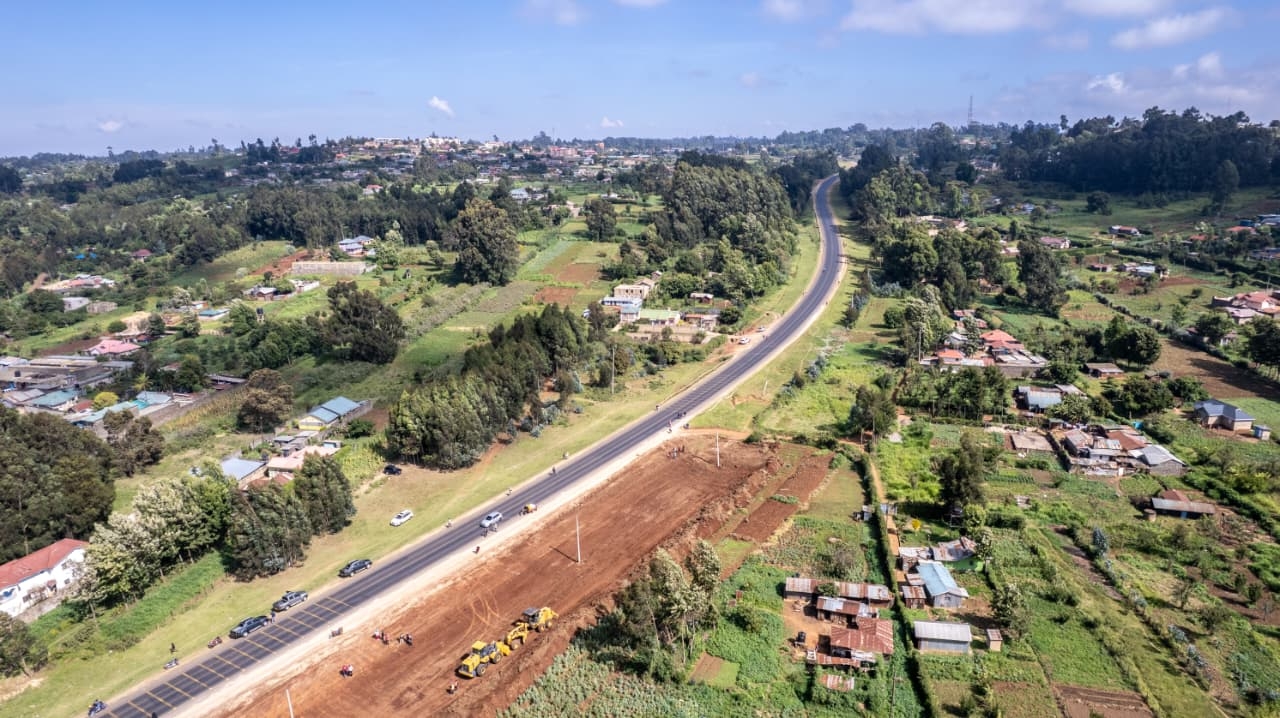A new study shows the history of plant farming in East Africa.
Ancient plant remains excavated in Kenya have helped archaeologists explain the history of plant farming in Eastern Africa.
The earliest evidence for plant farming was recorded from Kakapel rock shelter in the Lake Victoria region of Kenya.
The study was published on July 10 in the Proceedings of the Royal Society B, by archaeologists from Washington University in St Louis, and the University of Pittsburgh.
Natalie Mueller, an assistant professor of archaeology in Arts & Sciences and co-author of the new study, said they found a huge assemblage of plants, including a lot of crop remains.
“The past shows a rich history of diverse and flexible farming systems in the region, in opposition to modern stereotypes about Africa,” she said.
According to the newswire website, up until now, scientists have had no success in gathering ancient plant remains from East Africa.
As a result, they have had little idea where and how early plant farming got its start in Kenya, Tanzania and Uganda.
The new research revealed a pattern of gradual introductions of different crops that originated from different parts of Africa.
“There are many narratives about how agriculture began in East Africa, but there’s not a lot of direct evidence of the plants themselves,” Mueller said.
She said the remnants of cowpea discovered at Kakapel Rockshelter and directly dated to 2,300 years ago, constitute the earliest documented arrival of a domesticated crop.
The co-author said cowpea is assumed to have originated in West Africa and to have arrived in the Lake Victoria basin concurrent with the spread of Bantu-speaking peoples migrating from Central Africa.
Emmanuel Ndiema from the National Museums of Kenya, a project partner, said the findings at Kakapel reveal the earliest evidence of domesticated crops in East Africa.
It reflects the dynamic interactions between local herders and incoming Bantu-speaking farmers.
“This study exemplifies National Museums of Kenya’s commitment to uncovering the deep historical roots of Kenya’s agricultural heritage. It also fosters an appreciation of how past human adaptations can inform future food security and environmental sustainability,” Ndiema said.
According to data from the National Museums of Kenya, Kakapel Rockshelter is north of Lake Victoria, in the foothills of Mount Elgon near the Kenya-Uganda border.
Kakapel is a recognised rock art site that contains archaeological artefacts that reflect more than 9,000 years of human occupation in the region.
The site has been recognised as a Kenyan national monument since 2004.
“Kakapel Rockshelter is one of the only sites in the region where we can see such a long sequence of occupation by so many diverse communities,” said Steven Goldstein, an anthropological archaeologist at the University of Pittsburgh.
“Using our innovative approaches to excavation, we have been uniquely able to detect the arrival of domesticated plants and animals into Kenya. We also study the impacts of these introductions on local environments, human technology and sociocultural systems,” said Goldstein, who is also a co-author.
The scientists used direct radiocarbon dating on carbonised seeds to document the arrival of cowpea about 2,300 years ago.
Cowpea is also known as the black-eyed pea, and it is an important legume around the world.
Researchers also found evidence that sorghum arrived from the northeast at least 1,000 years ago.
They also recovered hundreds of finger millet seeds, dating back to at least 1,000 years ago.
This crop is indigenous to Eastern Africa and is an important heritage crop for the communities that live near Kakapel today.
Many of the plant remnants that Mueller and her team found at Kakapel could not be positively identified.
This according to Mueller is because even modern scientists working in Kenya, Tanzania and Uganda today, don’t have access to a good reference collection of samples of plants from East Africa.
“Our work shows that African farming was constantly changing as people migrated, adopted new crops and abandoned others at a local level," Mueller said.
"Prior to European colonialism, community-scale flexibility and decision-making was critical for food security, and it still is in many places.”
Findings from this study may have implications for many other fields, Mueller said, including historical linguistics, plant science and genetics, African history and domestication studies.
Mueller is continuing to work on identifying the wild plants in the assemblage, especially those from the oldest parts of the site, before the beginning of agriculture.
“This is where human evolution occurred. This is where hunting and gathering was invented by people at the dawn of time,” Mueller said.
“But there has been no archaeological evidence about which plants hunter-gatherers were eating from this region. If we can get that kind of information from this assemblage, then that is a great contribution.”












![[PHOTOS] Ruto present as NIS boss Noordin Haji's son weds](/_next/image?url=https%3A%2F%2Fcdn.radioafrica.digital%2Fimage%2F2025%2F11%2Ff8833a6a-7b6b-4e15-b378-8624f16917f0.jpg&w=3840&q=100)




